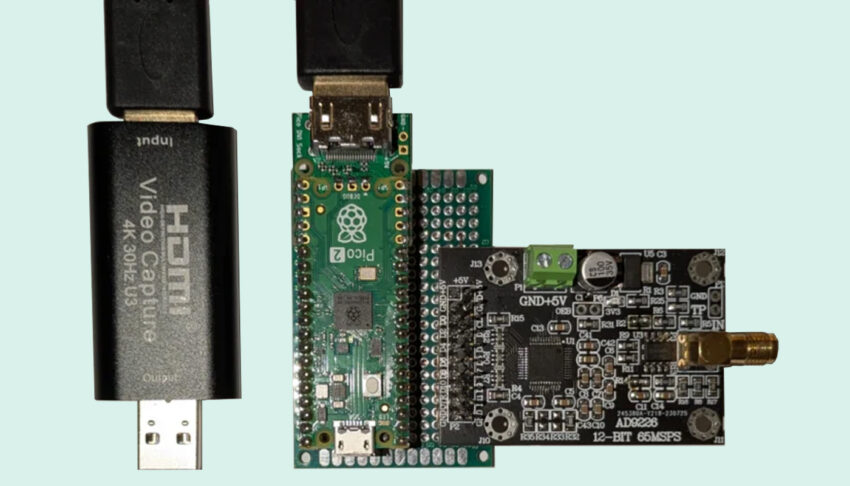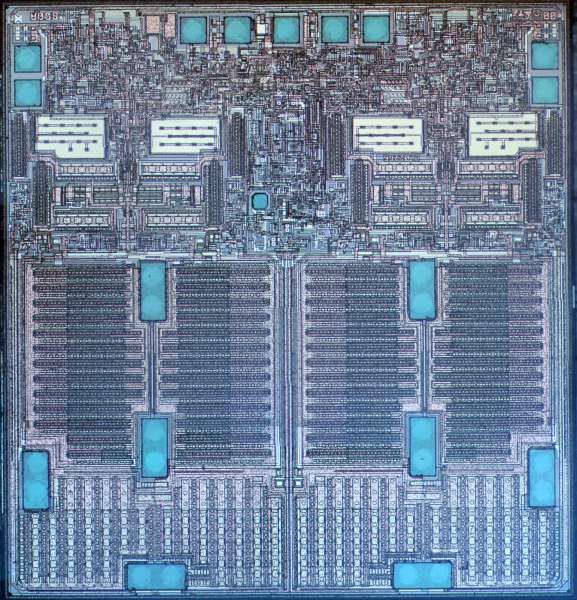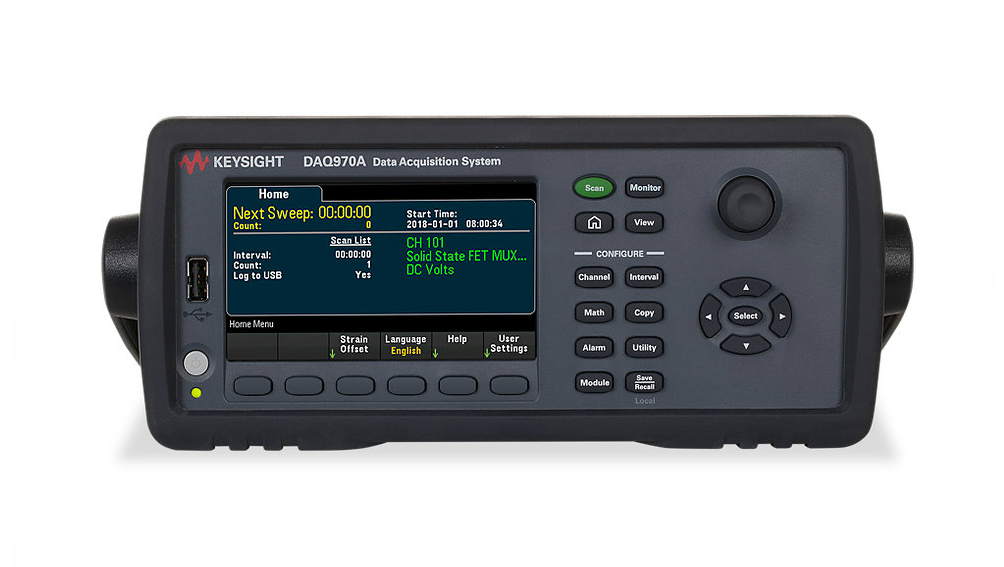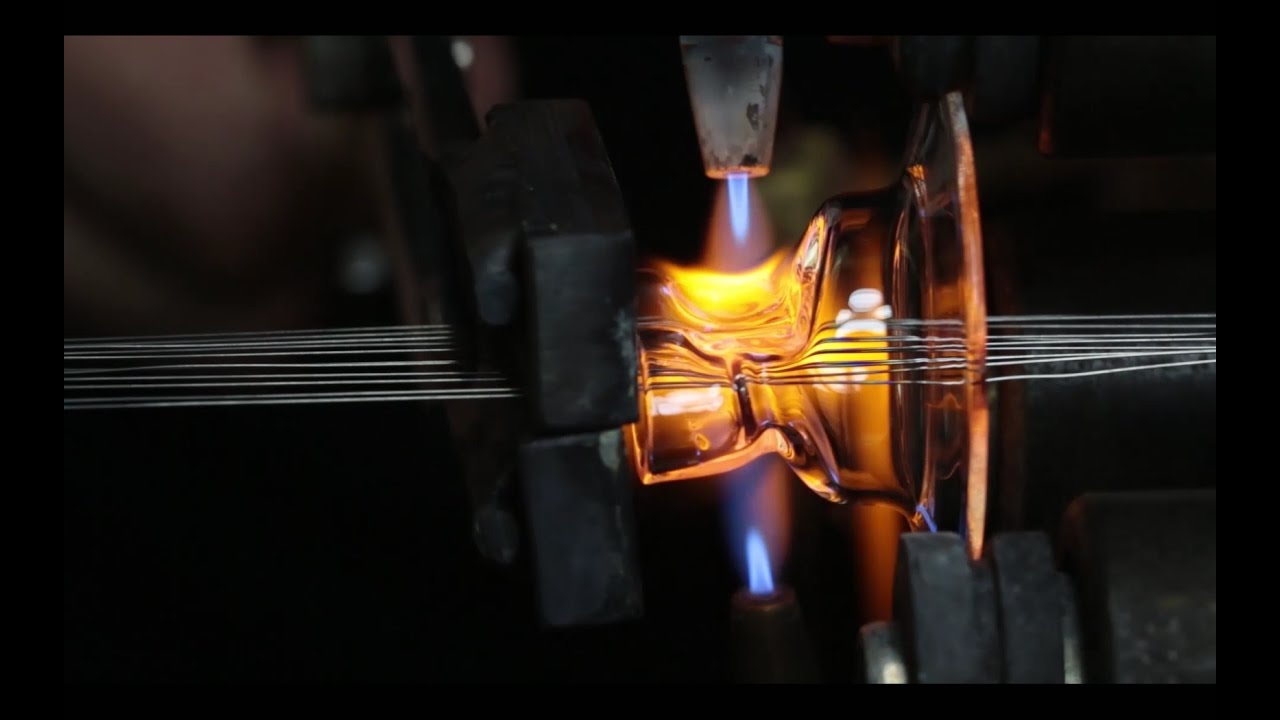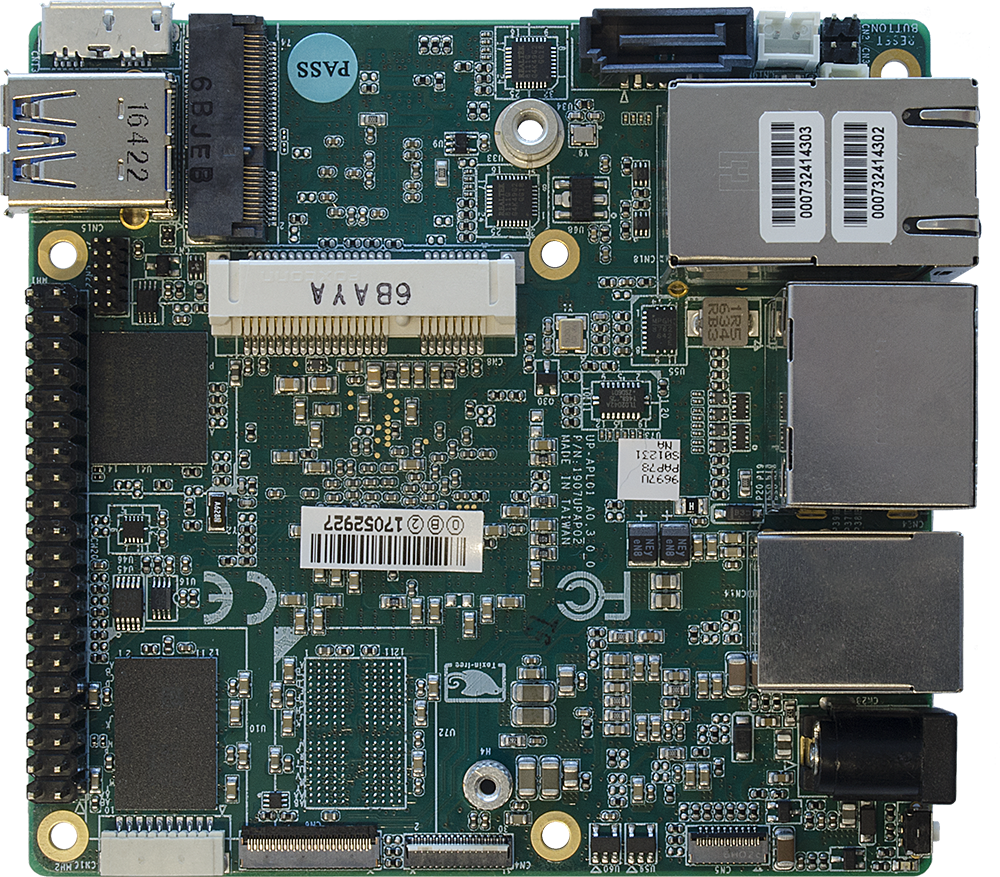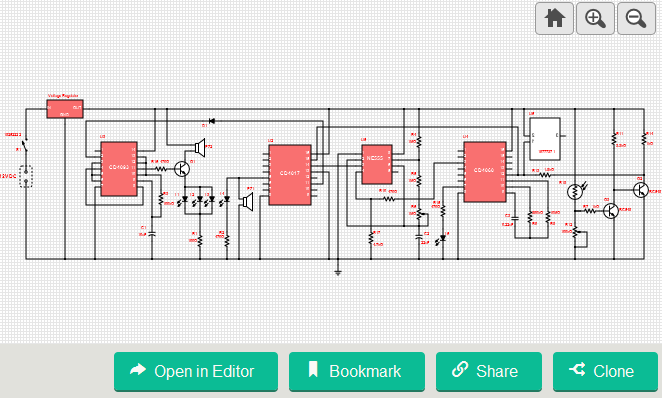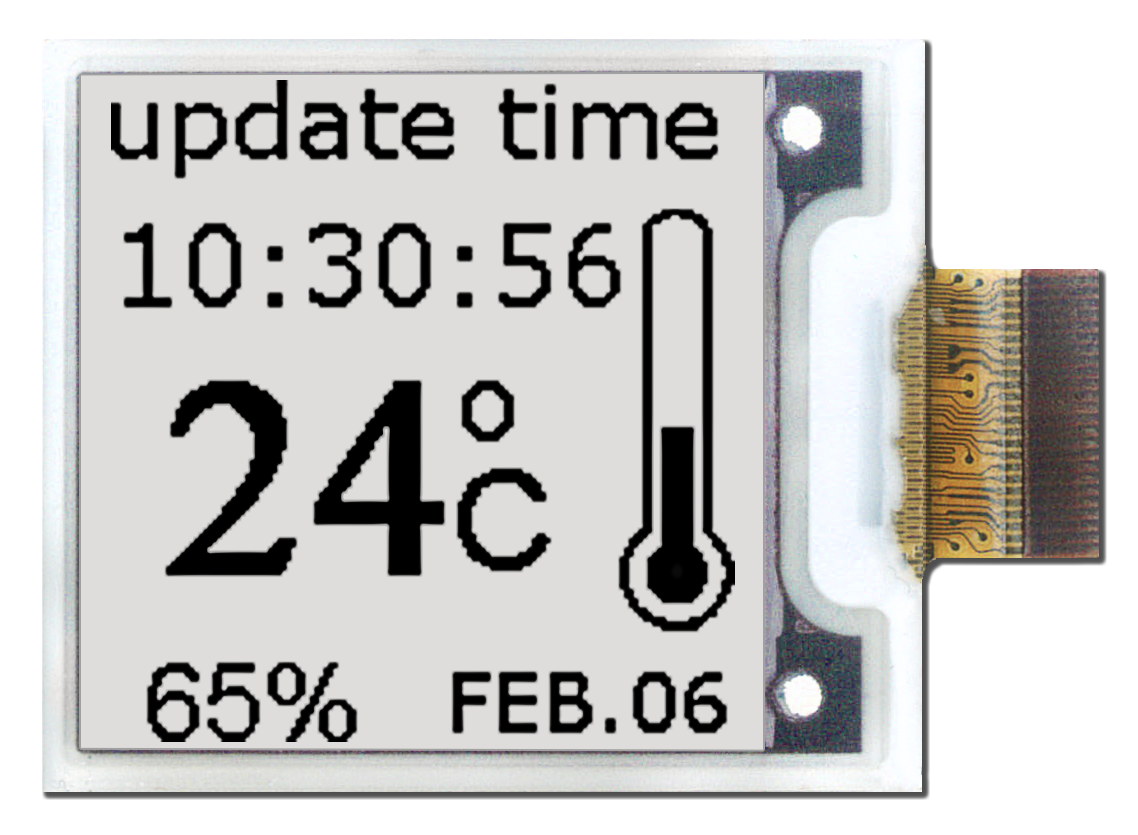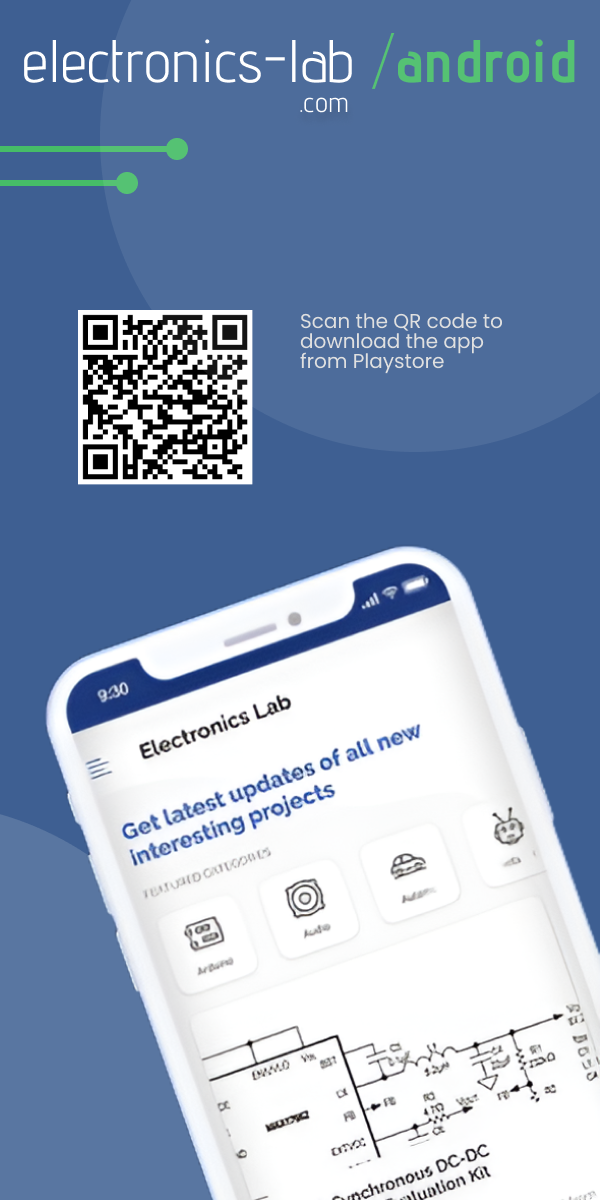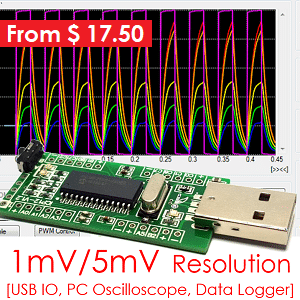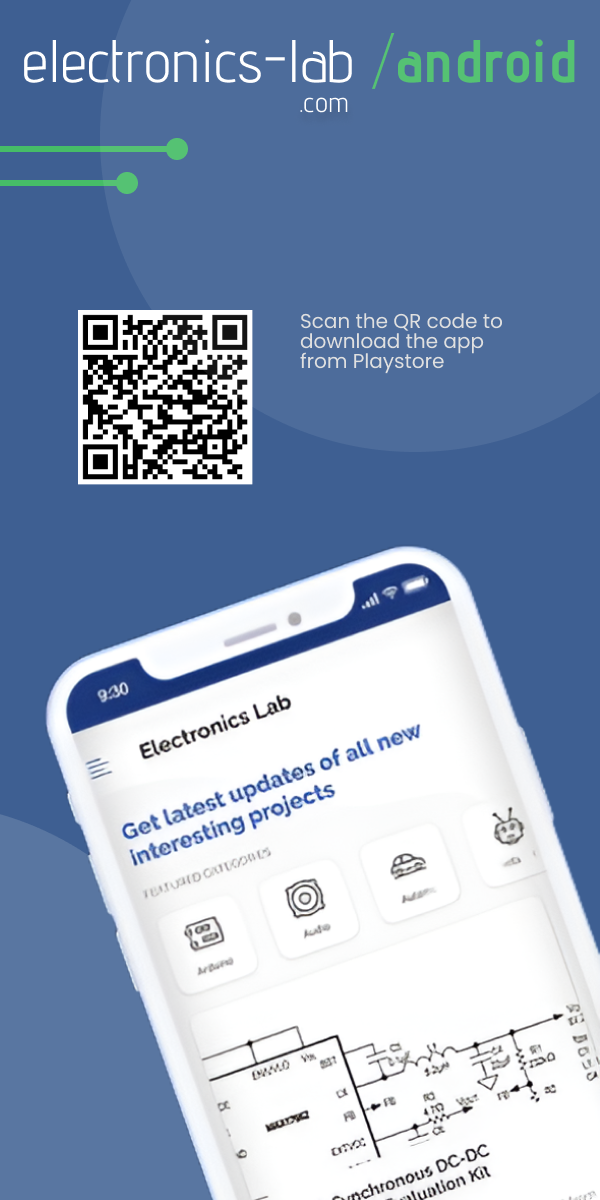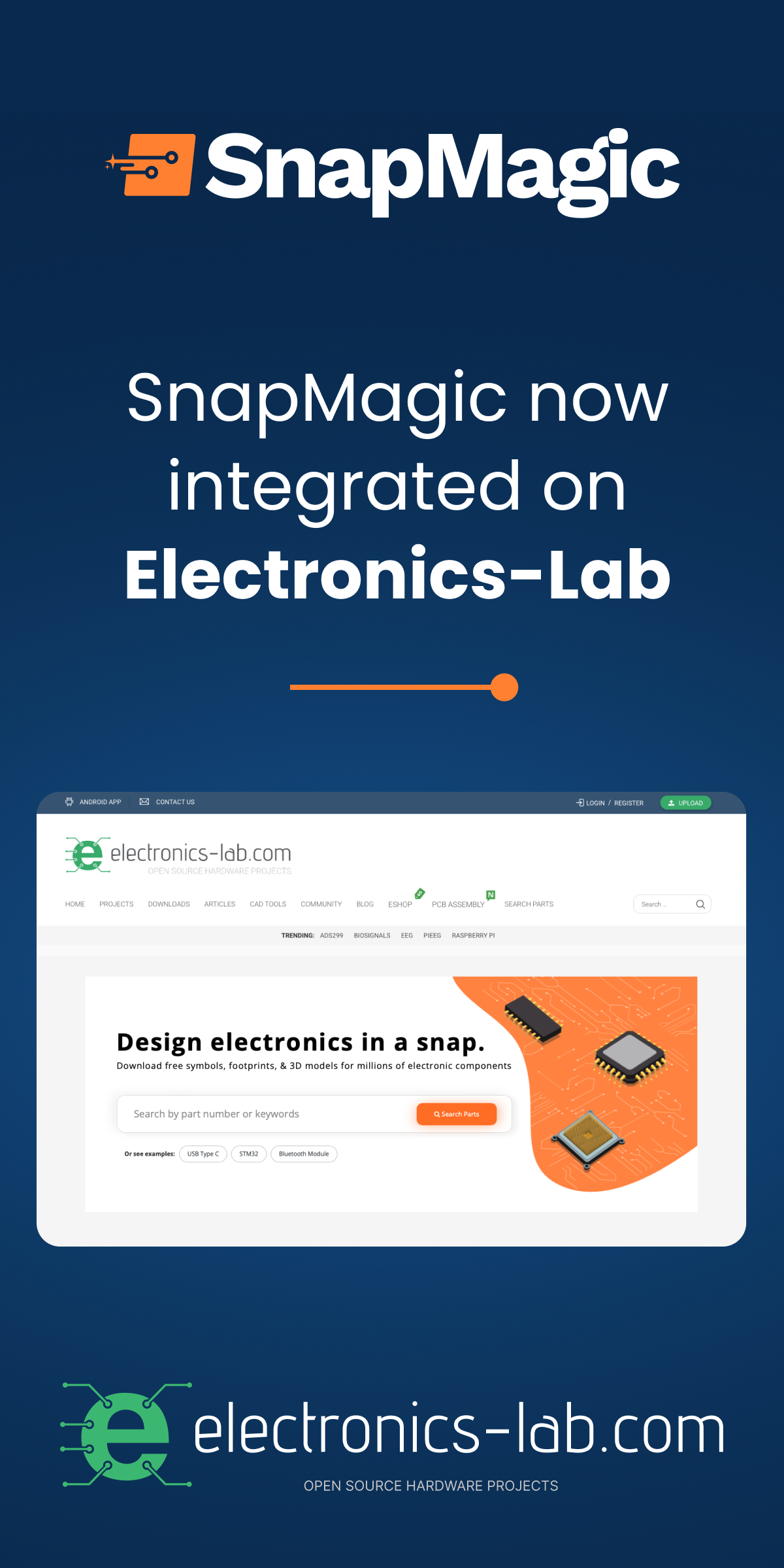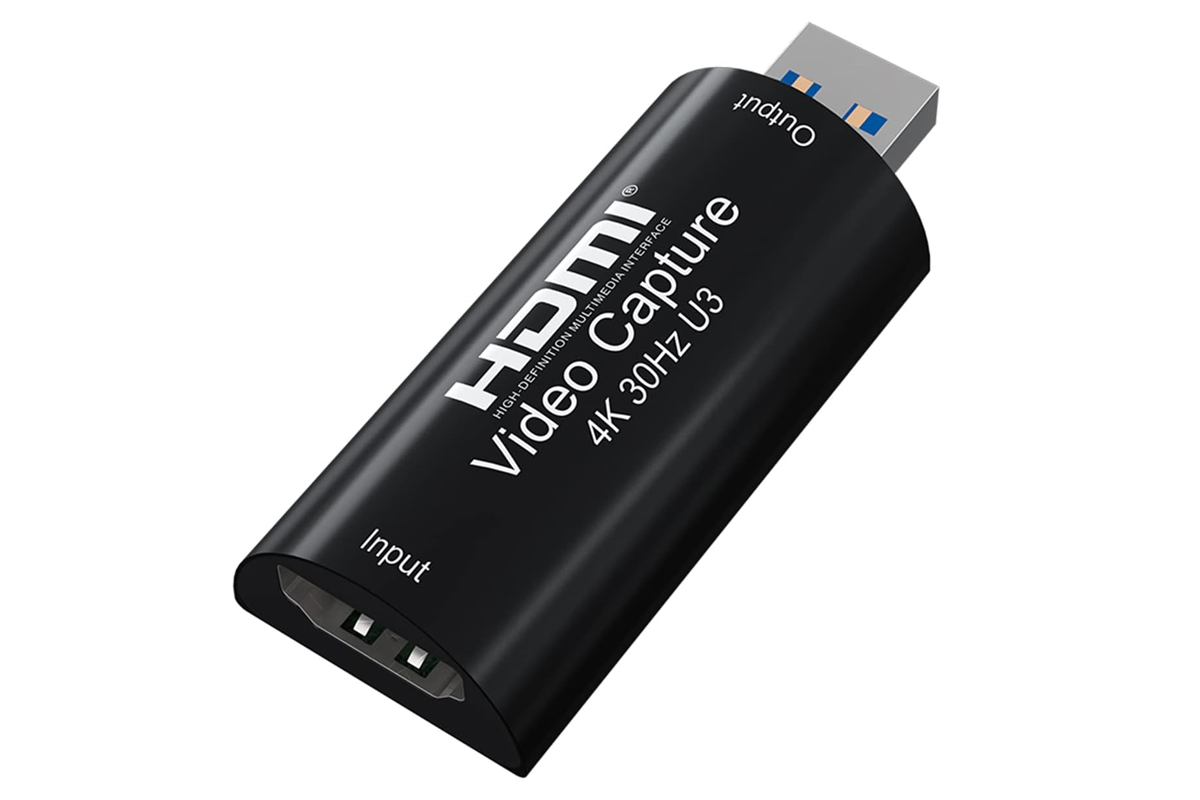
The MS2130 Mini, featuring the Raspberry Pi Pico 2’s HSTX interface, is an HDMI to USB 3.0 4K video capture card that supports 1080p 60fps for live streaming and recording.
The MS2130 Mini 4K Video Capture Card is a compact and high-quality device designed for capturing HDMI video and audio signals for use on computers or online streaming platforms. It supports input resolutions up to 4K@30Hz and outputs at 1080P@60fps with YUY2 full HD color depth, ensuring sharp, detailed visuals. Featuring USB 3.0 connectivity for fast, seamless data transfer, this plug-and-play device is compatible with Windows, MacOS, and Android systems, requiring no additional drivers. Ideal for video recording, live streaming, gaming, teaching, medical imaging, and more, it integrates with popular software like OBS, VLC, and Amcap. Portable and powered via USB, it conforms to UVC and UAC standards, supports stereo audio, and works with HDMI cables up to 15 meters (for 1080P and lower resolutions). The device operates within a temperature range of -10°C to +55°C and has minimal hardware requirements, making it versatile for professional and personal use.
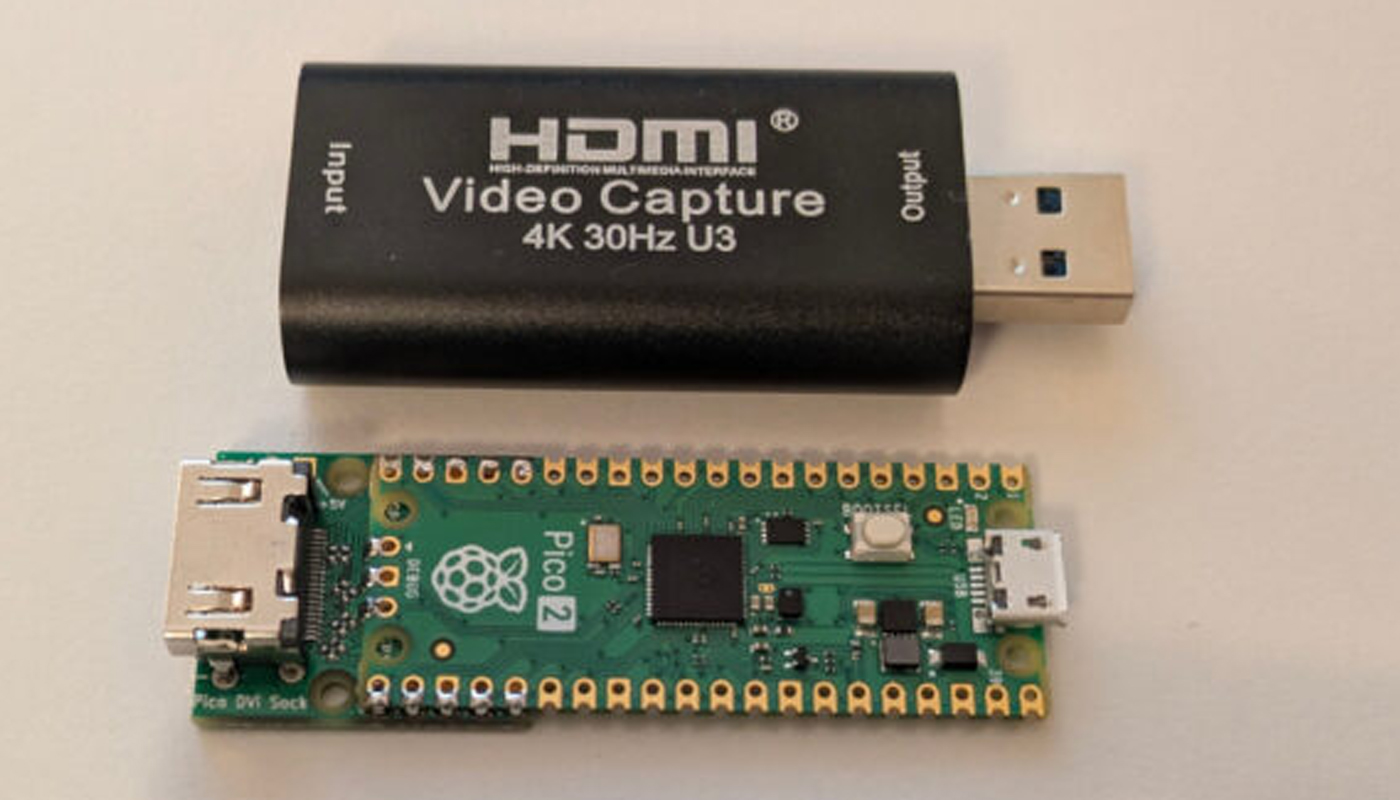
We previously wrote about the Raspberry Pi Pico 2, based on the RP2350 Microcontroller. This microcontroller was primarily used for video output and display interfaces because it could only send data, not receive it.
Specifications for MS2130 Mini 4K Video Capture Card
- Input Resolution: Up to 4K @ 30Hz
- Output Resolution: Up to 1080P @ 60Hz (YUY2)
- Deep Color Support: 24-bit, 30-bit, and 36-bit
- Hardware Requirements:
- CPU: PC – Intel i5-3400 or higher; Notebook – Intel i7-3537U @ 2.0 GHz or higher
- GPU: PC – NVIDIA GT630 or higher; Notebook – NVIDIA GT735M or higher
- RAM: Minimum 4 GB
- Audio Support: Stereo Out
- Cable Compatibility: Supports AWG26 HDMI standard cables with an input distance of up to 15 meters (for 1080P and below resolutions)
- Standards Compliance:
- USB Video Class (UVC)
- USB Audio Class (UAC)
- Power Supply: USB powered
- Portability: Compact and lightweight design
- Dimensions: 3.15 x 1.77 x 0.67 inches
- Weight: 0.55 ounces
- Operating Temperature: -10°C to +55°C
Recently, Steve Markgraf, a Game programmer discovered a new application for the HSTX interface (high-speed data acquisition). By pairing a Raspberry Pi Pico 2 board with the DVI Sock board for Pico and an affordable MS2130-based HDMI to USB 3.0 video capture dongle, he successfully streamed up to 75 MB/s of real-time data from an overclocked RP2350 microcontroller to a USB 3.0-equipped host computer.
The libpicohsdaoh library handles the core functionality. It retrieves data from a ring buffer and transmits it through the HSTX port to the HDMI capture card. Additionally, the project’s GitHub repository includes three example applications in the “apps” folder.
- Counter:
Generates a 16-bit counter value using the Raspberry Pi RP2350 PIO. - Internal ADC:
Streams data from the internal ADC at 3.33 MS/s with overclocking. Achieves up to 7.9 MS/s using additional techniques such as utilizing the USB PLL and overvolting beyondVREG_VOLTAGE_MAX. - External ADC:
Implements a PIO program to read data from a 12-bit ADC connected to GP0-GP11, outputs the ADC clock on GP22, and packs 12-bit samples into 16-bit words for maximum throughput.
Steve Markgraf’s “hash-rp2350” data acquisition over HDMI firmware is based on the dvi_out_hstx_encoder example from Raspberry Pi using the HSTX interface for DVI output and code by Shuichi Takano (game maker) implementing the HDMI data island encoding required to send HDMI info frames.
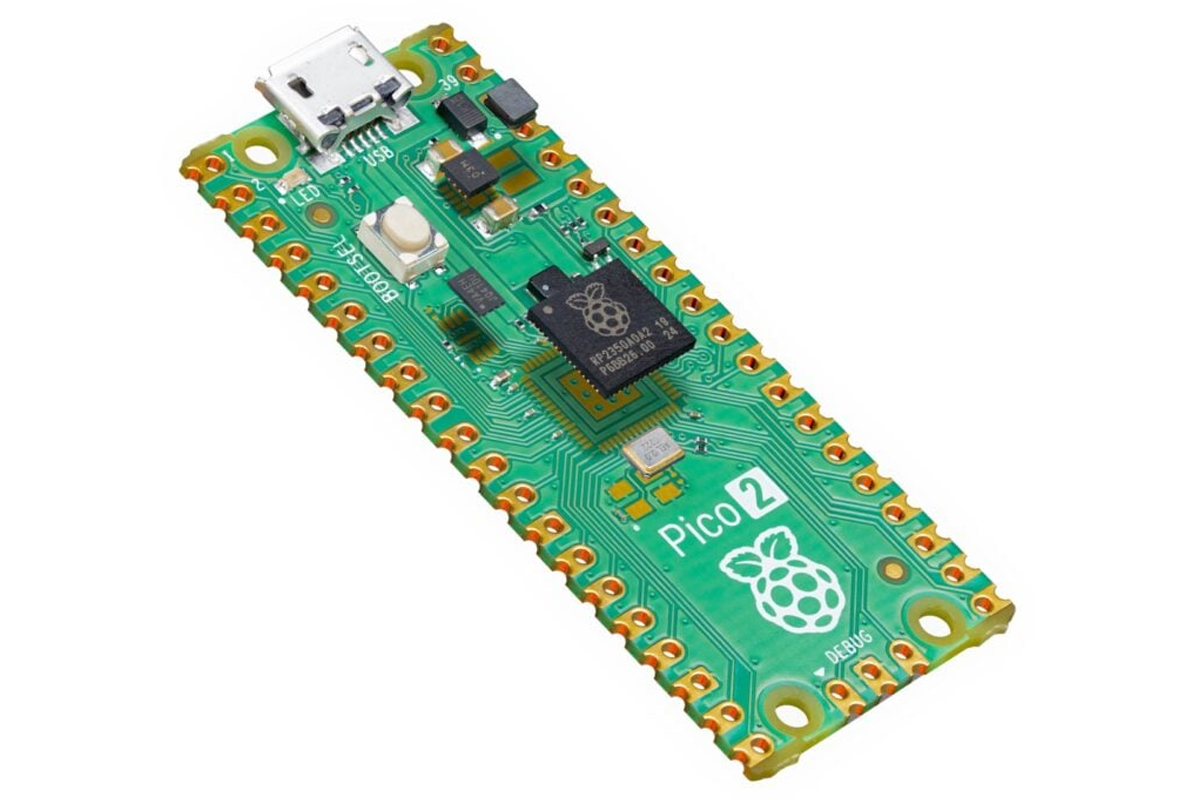
Raspberry Pi Pico 2 Specifications:
- Processor:
- Dual-core Arm Cortex-M33 or dual Hazard3 RISC-V processors @ 150MHz
- Memory:
- 520 KB on-chip SRAM
- 4 MB onboard QSPI flash
- Programming:
- Drag-and-drop programming via mass storage over USB
- Interfaces and Peripherals:
- 2 × UART
- 2 × SPI controllers
- 2 × I2C controllers
- 24 × PWM channels
- 4 × ADC channels
- 1 × USB 1.1 controller and PHY (host and device support)
- 12 × PIO (Programmable I/O) state machines
- Security Features:
- Optional boot signing, enforced by on-chip mask ROM
- Key fingerprint stored in OTP (One-Time Programmable) memory
- Protected OTP storage for optional boot decryption key
- Global bus filtering based on Arm or RISC-V security/privilege levels
- Individually assignable security domains for peripherals, GPIOs, and DMA channels
- Hardware mitigations for fault injection attacks
- Hardware SHA-256 accelerator
- Power Supply:
- 1.8–5.5V DC
- Operating temperature: -20°C to +85°C
- Form Factor:
- Castellated module for direct soldering to carrier boards
The MS2130 theoretically supports data acquisition speeds of up to 298.5 MB/s, making the Raspberry Pi Pico 2 the limiting factor in this setup. Performance can be enhanced using cost-effective FPGA boards like the Sipeed Tang Mega 138K. Steve also developed an SDR using the same approach and additional hardware to capture data with the open-source Fosphor program. The firmware source and the High-Speed Data Acquisition over HDMI (hsdaoh) userspace library are available on GitHub for various platforms.
The hardware is remarkably affordable, with the Raspberry Pi Pico 2 priced at $4.45 and the MS2130 Mini (4K video capture card) HDMI to USB 3.0 dongle available for around $0.99 on AliExpress (Currently unavailable on Amazon). This basic setup is enough to get started, though additional components, such as the AD9226 12-bit ADC module, which costs around $16.41, will be necessary for building more functional systems.





